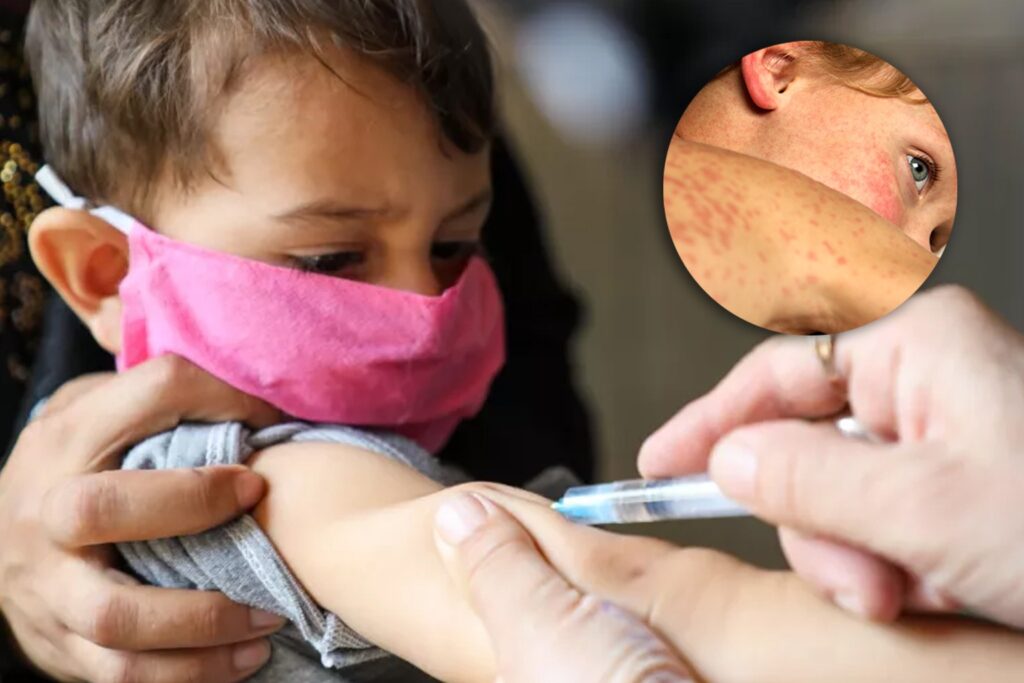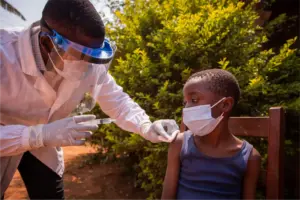
Once more fighting a developing measles outbreak, health officials in the United States are in West Texas and New Mexico. The outbreak of this extremely contagious disease has spurred quick response with vaccination clinics and testing facilities established in impacted areas. Furthermore helping local health departments is the US Centers for Disease Control and Prevention (CDC). Officials caution, nevertheless, that if the epidemic is not quickly stopped, it might last several months.
The circumstances recall the devastating measles epidemics that rocked New York in 2019, especially in Brooklyn and Rockland County, where the nation almost lost its measles-free status—a mark it had reached in 2000. Low vaccination rates in several areas back then, mostly shaped by false information, drove the epidemic. One of the best strategies to stop the spread, according to ground-based health professionals, is to inspire vaccination by reliable local voices and establish trust inside communities.
Still the most effective weapon in preventing measles, a disease with major consequences especially in young children and infants, is vaccination. Two doses of the measles-mumps-rubella (MMR) vaccination are 97% effective in avoiding infection, according the CDC. At least 95% of the population has to be vaccinated if we are to prevent outbreaks from starting.
More than 200,000 doses of the vaccination were given in New York City and another 30,000 in Rockland County during the outbreak of the disease, greatly raising immunization rates. Notwithstanding these initiatives, the process was not instantaneous since public health officials encountered opposition from groups having years of exposure to anti-vaccine propaganda. To overcome this obstacle, committed outreach—including door-to–door visits and direct interaction with communities to allay their vaccination fears—was needed.
To stop the continuing epidemic in Texas and New Mexico, experts say a similar strategy is required. Particularly a Mennonite group with historically low immunization rates, the impacted groups have vulnerabilities like those of the Orthodox Jewish communities in New York. Both times, vaccine hesitation has been caused in part by strongly ingrained beliefs and false information.
In close-knit groups, measles spreads quickly; if left unbridled, epidemics usually get more severe. Research conducted in New York indicated that deliberate exposure via “measles parties” might have made things worse. These meetings meant to boost natural immunity might actually help the virus proliferate.
Among the most vulnerable are infants as they are not eligible for vaccinations until they become one year old. Early on in the 2018-2019 epidemic, a sizable fraction of young children as well as more than half of the newborns in the impacted New York communities were susceptible. Efforts at targeted vaccination helped to reduce susceptibility rates and slow the disease’s spread. But by early 2019, transmission rates once more skyrocketed, underscoring the dynamic character of measles outbreaks and the need of quick response.
Health professionals underline that programs of immunization by itself cannot help to stop epidemics. Essential is a complete plan comprising fast response actions, culturally sensitive outreach, and good communication. Authorities in New York even went so far as declaring a public health emergency to distribute funds and enforce vaccination rules within particular zip codes.
Public health professionals in Texas and New Mexico are changing their approaches today to fit local circumstances. To guarantee they reach all groups at risk, vaccination teaching materials—which include English, Spanish, and German—are being disseminated in several languages. Furthermore stepping up to debunk false information and promote immunization are respected local leaders.
With two deaths previously noted, around 230 cases of measles have already been recorded in the ongoing outbreaks. Though this figure hasn’t yet matched New York’s levels, experts warn that without quick and consistent intervention, things can get worse. The knowledge gained from earlier pandemics emphasizes the need of quick response, accurate information, and community-driven initiatives to stop more dissemination and save lives.








